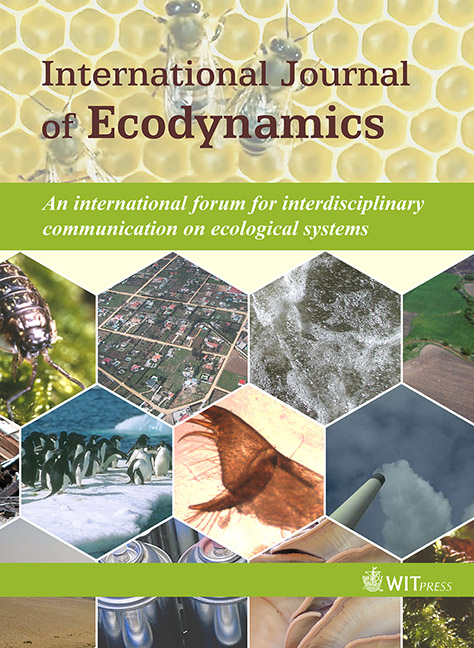Towards a thermodynamics of biological systems
Price
Free (open access)
Volume
Volume 1 (2006), Issue 1
Pages
18
Page Range
9 - 27
Paper DOI
10.2495/ECO-V1-N1-9-27
Copyright
WIT Press
Author(s)
S.E. Jørgensen
Abstract
This paper presents a tentative ecosystem theory based on the thermodynamic variable eco-exergy, which measures an ecosystem's distance from thermodynamic equilibrium. The hypothesis, as a basis for the ecosystem theory, may be formulated as follows: a system that receives a flow of exergy (e.g. solar radiation) will use this flow of exergy, after the exergy needed for maintenance of the system has been covered, to move the system further from thermodynamic equilibrium, reflected by the growth of gradients. If there is more than one pathway to depart from equilibrium, the one yielding the most storage of exergy in the form of gradients under the prevailing conditions, i.e. gives the most ordered structure furthest from equilibrium, will tend to be selected. Three possible types of application of this hypothesis have been presented to: (i) provide a theoretical explanation for ecological observations, (ii) develop a structurally dynamic modelling approach that can describe adaptation and shifts of species composition, and (iii) use exergy and specific exergy as ecological indicators to describe the development of ecosystems. As these applications have been promising they are also a support for the hypothesis.
Keywords
biodiversity, ecological indicators, ecosystem development, entropy, exergy, structural dynamic modelling




